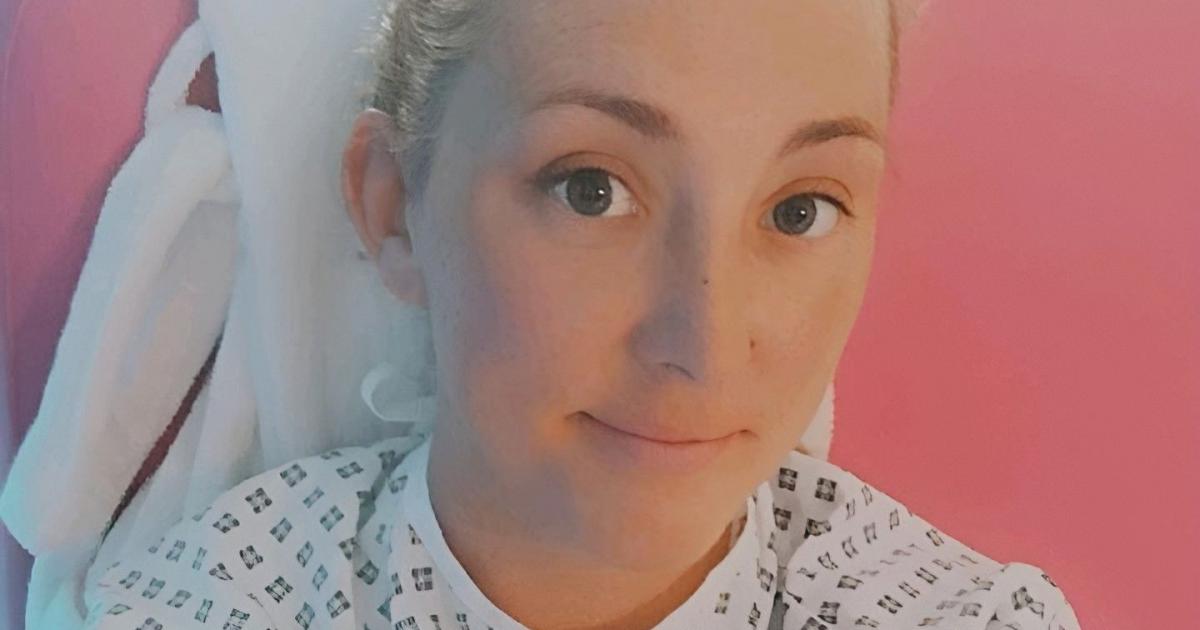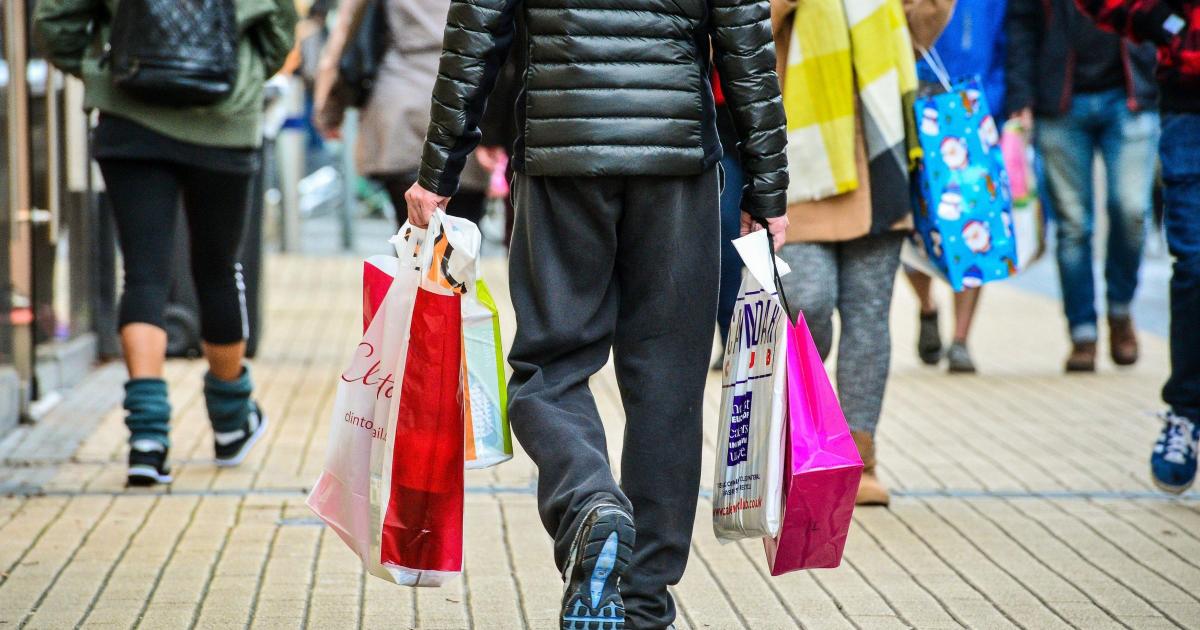Mum-of-two Samantha Davies says she was “stepping into medical history” having the state-of-the-art surgery performed by a team of specially trained doctors, nurses and anaesthetists at the Royal Shrewsbury Hospital in August.
Samantha needed precision cutting with help from a robot due to the high risk of damage to the kidney and urethra had it been undertaken by a surgeon with potentially unsteady hands.
Members of the Robotic Surgery Team at Shrewsbury and Telford Hospital NHS Trust.
Samantha wants to reassure others facing the same decision not to be afraid.(Image: Samantha Davies)
“When I walked into Shrewsbury Hospital on August 12, I knew my life was about to change — but not just because I was saying goodbye to years of pain caused by PCOS and endometriosis. I was also stepping into medical history.
“I was one of the first twelve people in the UK to undergo robotic-assisted surgery — a pioneering step that’s reshaping the future of women’s health.
“For as long as I can remember, my life has been shaped by my conditions. Polycystic Ovary Syndrome had been with me since puberty, and by my late 20s, endometriosis joined the battle. The pain was unpredictable, often invisible, yet deeply life-altering.
“I’m blessed with two beautiful children and a supportive husband, and after years of managing the symptoms, I knew it was time to choose relief over endurance.
“The decision to have a hysterectomy and salpingo-oophorectomy wasn’t one I took lightly. But for me, it wasn’t about loss — it was about regaining life. Because of a unique anatomical challenge — a pelvic kidney — traditional surgery carried a higher risk of damage to my kidney and urethra. That’s where the robot came in.
“Robotic surgery, guided by two incredible specialists — a urologist and a gynaecologist — offered precision that human hands alone couldn’t achieve. Every movement was meticulously controlled, every incision exact. The goal was to remove the organs safely without scarring vital areas.”

Samantha says her recovery has been “remarkable” during the eight weeks since the surgery and is looking forward to back out running and head to the gym.
“My recovery has been smoother than I ever expected. Within five weeks, I was back to doing normal daily tasks — cautiously, but proudly, and back to work after six weeks. Of course, my energy dips faster than it used to, and I still remind myself that this was major surgery. But compared to traditional recovery times, the difference is astounding.
“Looking back, I feel an overwhelming sense of gratitude. To the team who performed the surgery, to the technology that made it possible, and to the future patients who’ll benefit from what we helped pioneer. Robotic-assisted surgery, I believe, is the way forward — offering quicker healing, cleaner sutures, and a gentler journey back to health.”

Samantha shared her story to reassure others facing the same decision not to be afraid.
“Trust the process,” she said. “I know how it feels to live in pain, and I also know how freeing it feels to finally step into healing — both physically and emotionally.
“Being one of the first twelve to experience this technology is something I’ll always carry with pride. It’s a glimpse into the future of medicine, and a reminder that sometimes, the bravest thing we can do is say yes to a new kind of healing.”


